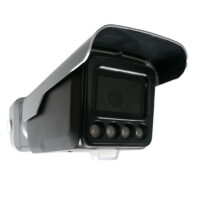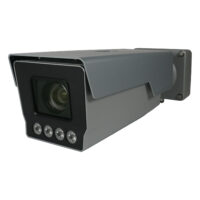One of the most popular applications for cameras today is to attempt the recording of license plates. This is clearly one of the most difficult applications for todays camera technology. Glare from lights, high speeds, angles of approach, lighting variables, camera position, distance and many many more factors come into play in your design. These cameras give you an excellent chance at capturing plate information when installed within the proper parameters.
When designing your plate capture scenario, we do highly recommend you either consult our system or our various databases to make certain you’ve got the optimal design.
Showing all 3 resultsSorted by price: low to high



Founded in 2007 as a CCTV integration and installation company, we’ve become experts in our industry. We began developing our own brands of security equipment, which is designed to meet our demanding specifications.
Your orders are shipped seamlessly between countries
100% Original product that covered warranty by the vendor.
You have the right to return your orders within 30 days.
Your payments are secure with our private security network.

Copyright © 2014-2025 SecurityCameraKing.com, All rights reserved
Privacy Policy | Shipping Info | Return Policy | Terms & Conditions
